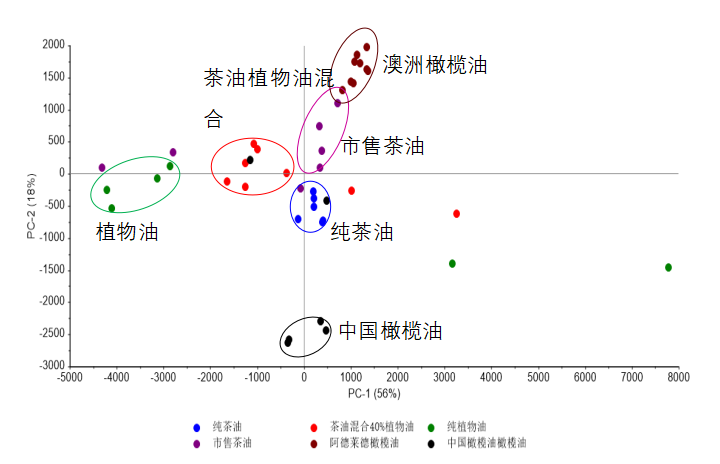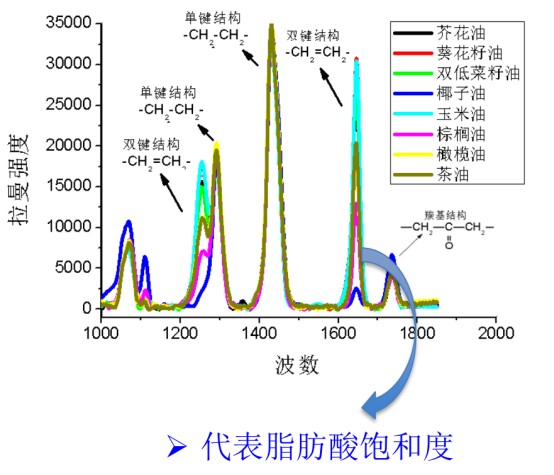Camellia oil, also known as Camellia oleifera seed oil or tea oil, is an oil made from the mature fruits of Camellia oleifera, a plant of the Camellia family. It must not be mixed with other types of oil. According to GB11765-2003 'Camellia oleifera seed oil' in China, Camellia oleifera seed oil is divided into three categories: Camellia oleifera seed crude oil, pressed Camellia oleifera seed oil, and extracted finished Camellia oleifera seed oil. Camellia oil extracted by traditional pressing method has a clear color, aroma, and pure natural quality. It is a green, healthy, and highly nutritious edible oil with a higher price than other edible vegetable oils, which has led to a serious problem of camellia oil adulteration. There are two main types of camellia oil adulteration: one is the addition of other low-priced vegetable oils, such as sunflower seed oil, peanut oil, rapeseed oil, and soybean oil, into high priced tea oil; Another type is to mix solvent extracted Camellia oil with pressed Camellia oil, using inferior products as substitutes. The limited understanding of camellia oil among ordinary consumers, coupled with the current imperfect market development in China, has led to a relatively chaotic market for camellia oil. Some blended vegetable oils are not only cheap, but also difficult to detect with advanced detection methods. In addition, some blended vegetable oils often contain harmful ingredients to the human body. In order to ensure the good development prospects of camellia oil in China's oil market, it is imperative to identify the adulteration of camellia oil. At present, the identification of camellia oil mainly uses chemical analysis methods, such as liquid chromatography, gas chromatography, and gas chromatography-mass spectrometry. These analysis methods have drawbacks such as cumbersome operation steps and the need for chemical reagents to prepare samples.

Raman spectroscopy is a molecular scattering spectrum that utilizes the characteristic Raman spectra of substances to detect their structure, composition, concentration, etc. By using Raman spectroscopy technology to detect the main components in camellia oil, such as oleic acid, linoleic acid, linolenic acid, saturated fatty acid, and cholesterol, using the self-developed data processing and analysis software SubAnalysis, a multivariate analysis method is used to establish a prediction model using actual concentration data provided by standard testing methods. This can provide a fast, efficient, and non-destructive analysis method for the identification of camellia oil.
